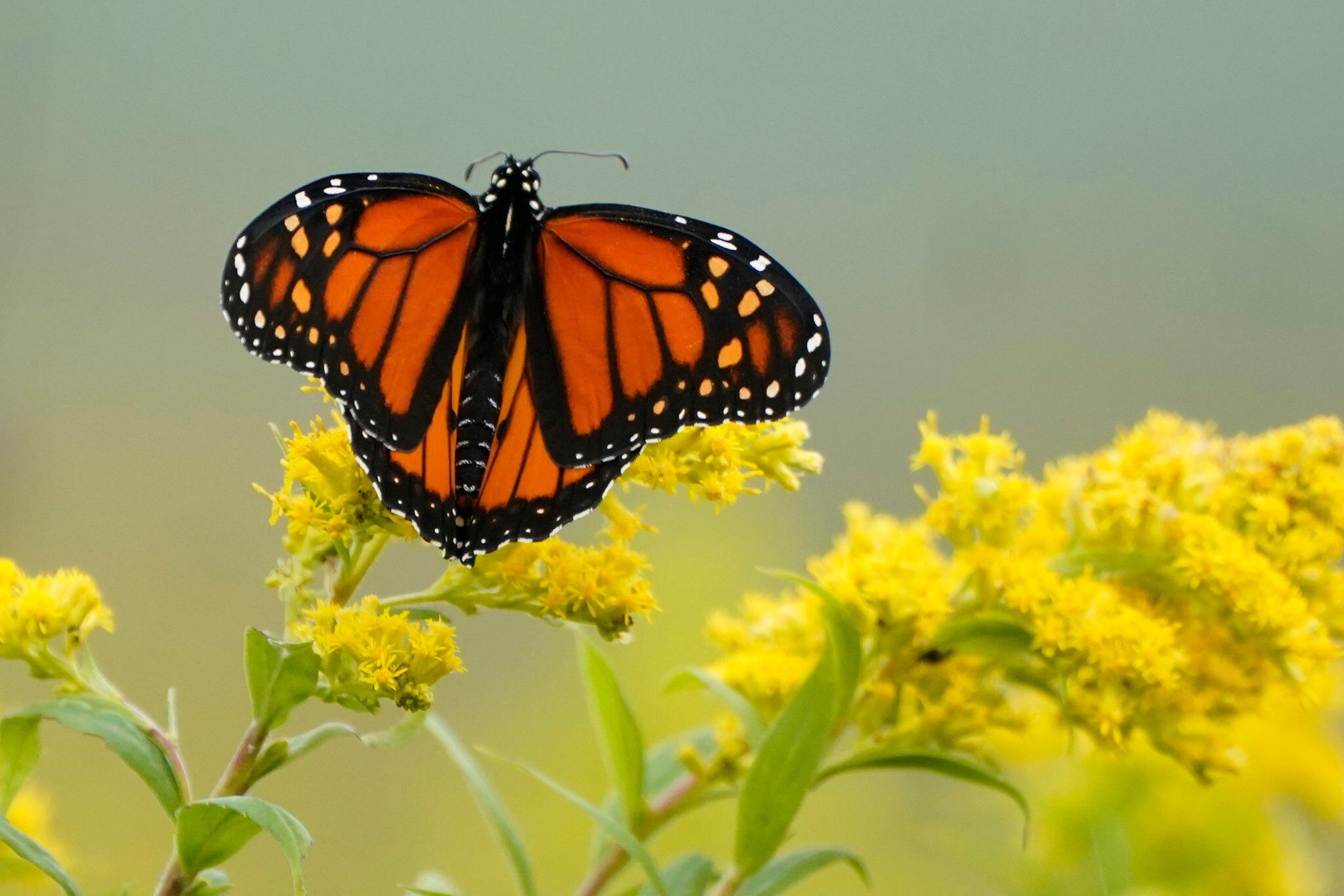
An annual winter count by the Xerces Society recorded fewer than 2,000 butterflies, a massive decline from the tens of thousands tallied in recent years and the millions that clustered in trees from Northern California's Marin County to San Diego County in the south in the 1980s.
Western monarch butterflies head south from the Pacific Northwest to California each winter, returning to the same places and even the same trees, where they cluster to keep warm. The monarchs generally arrive in California at the beginning of November and spread across the U.S. once warmer weather arrives in March.
On the eastern side of the Rocky Mountains, another monarch population travels from southern Canada and the northeastern United States across thousands of miles to spend the winter in central Mexico. Scientists estimate the monarch population in the eastern U.S. and southern Canada has fallen about 80 per cent since the mid-1990s, but the drop-off in the western U.S. has been even steeper.
The Xerces Society, a nonprofit environmental organization that focuses on the conservation of invertebrates, recorded about 29,000 butterflies in its annual survey last winter. That was not much different than the tally the winter before, when an all-time low of 27,000 monarchs were counted.
But the count this year is dismal. At iconic monarch wintering sites in the city of Pacific Grove, Calif., volunteers didn't see a single butterfly this winter. Other well-known locations, such as Pismo State Beach Monarch Butterfly Grove and Natural Bridges State Park, also in California, only hosted a few hundred butterflies, researchers said.
"These sites normally host thousands of butterflies, and their absence this year was heartbreaking for volunteers and visitors flocking to these locales hoping to catch a glimpse of the awe-inspiring clusters of monarch butterflies," said Sarina Jepsen, director of endangered species at the Xerces Society.
Scientists say the butterflies are at critically low levels in the western U.S. because of destruction to their milkweed habitat along their migratory route, as housing expands into their territory and use of pesticides and herbicides increases.
Researchers also have noted the effect of climate change. Along with farming, climate change is one of the main drivers of the monarch's threatened extinction, disrupting an annual 4,828-kilometre migration synched to springtime and the blossoming of wildflowers.
Massive wildfires throughout the U.S. West last year may have influenced their breeding and migration, researchers said.
A 2017 study by Washington State University researchers predicted that if the monarch population dropped below 30,000, the species would likely go extinct in the next few decades if nothing is done to save them.
Source: The Associated Press



Reader Comments